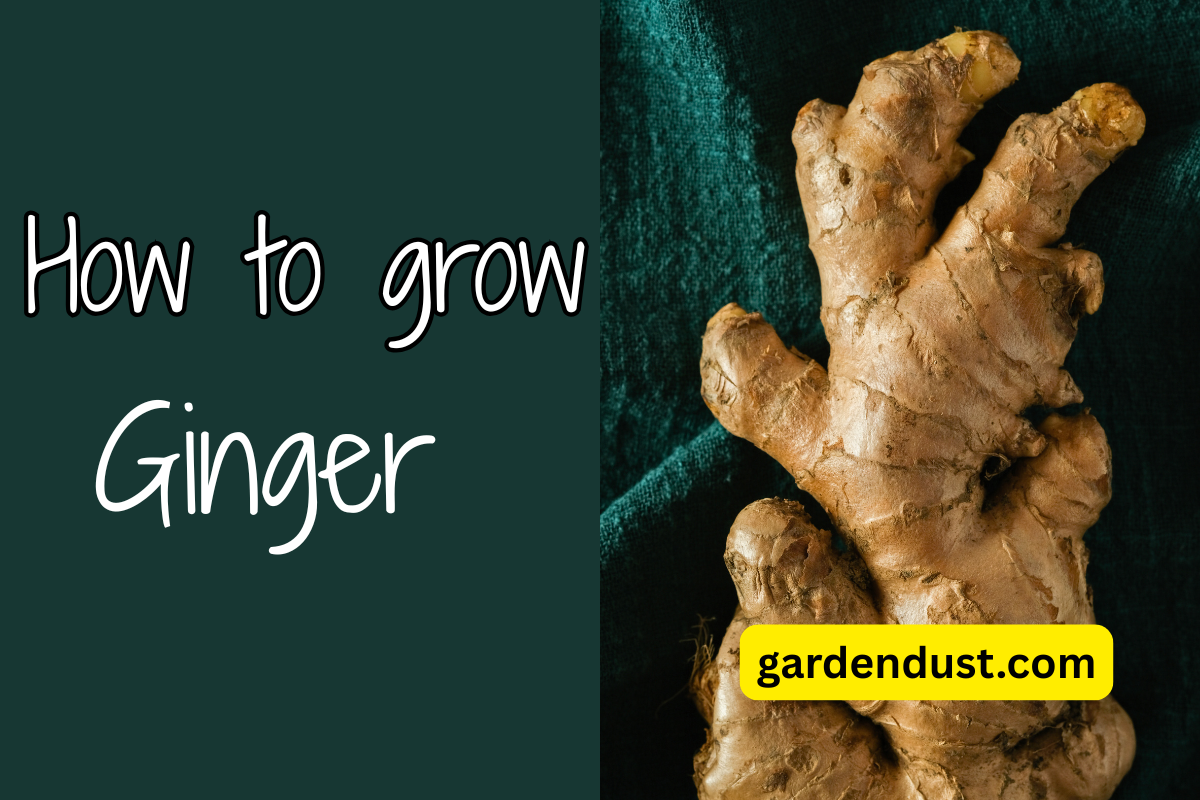While Brussels sprouts are a delicious and nutritious addition to any vegetable garden, they are susceptible to various pests that can impact their growth and overall health. Brussels sprouts (Brassica oleracea var. gemmifera) are part of the Brassicaceae family, which includes other cruciferous vegetables like broccoli and cabbage. While these nutrient-packed mini cabbages are relatively hardy, they can fall victim to a range of pests that, if left uncontrolled, can compromise their yield and quality. In this comprehensive guide, we’ll delve into the details of 8 common Brussels sprout pests, their identification, and effective methods for prevention and control. Let’s start….
1. Aphids (Aphidoidea)- Tiny Pests with a Big Impact

Identification
Aphids are small, soft-bodied insects that come in various colors, including green, yellow, and brown. They feed by sucking sap from the plant, primarily congregating on the undersides of leaves.
Damage
Aphids can stunt the growth of Brussels sprouts by depriving them of essential nutrients. Additionally, they secrete a sticky substance called honeydew, which can attract mold and other pests.
Prevention and Control
Introduce natural predators like ladybugs and lacewings to the garden, as they feed on aphids. Insecticidal soap and neem oil are effective organic solutions. Regularly inspect plants for signs of infestation and promptly remove affected leaves.
2. Cabbage Worms (Pieris rapae)-The Voracious Larvae

Identification
Cabbage worms are the larvae of white butterflies. They are green in color, blending seamlessly with the leaves, making them challenging to spot.
Damage
These voracious feeders chew on leaves, creating irregular holes and causing significant damage to the foliage. Severe infestations can lead to defoliation.
Prevention and Control
Encourage natural predators like parasitic wasps by planting nectar-rich flowers nearby. Handpick visible larvae and eggs, and use floating row covers to protect plants. Bacillus thuringiensis (Bt), an organic bacterial insecticide, is effective against cabbage worms.
3. Flea Beetles (Phyllotreta spp.)-The Jumping Nuisances

Identification
Flea beetles are small, shiny, and agile insects that jump when disturbed. They range in color from black to brown and may have stripes or spots on their backs.
Damage
Flea beetles cause characteristic tiny holes in leaves, giving the foliage a shot-hole appearance. Severe infestations can lead to stunted plant growth.
READ ALSO:-13 Common Diseases of Broccoli
Prevention and Control
Use floating row covers early in the season to prevent adult flea beetles from laying eggs. Apply diatomaceous earth around the base of plants as a natural deterrent. Insecticidal soaps and neem oil can be effective against flea beetles.
4. Harlequin Bugs (Murgantia histrionica)- Colorful yet Destructive

Identification
Harlequin bugs are brilliantly colored with orange and black markings, making them easy to identify. They are shield-shaped and about 0.5 inches long.
Damage
Harlequin bugs pierce plant tissues and feed on sap, causing wilting, discoloration, and distortion of leaves. Severe infestations can lead to plant death.
Prevention and Control
Rotate crops to disrupt the bugs’ life cycle. Handpick and destroy adult bugs and egg masses. Neem oil and insecticidal soaps can be effective, but persistent monitoring is crucial.
5. Slugs and Snails (Gastropoda)-Silent Night Feeders

Identification
Slugs and snails are mollusks with soft bodies and a voracious appetite for young Brussels sprout leaves. They are most active during the night or in damp conditions.
Damage
These pests leave irregular holes in leaves and can damage young seedlings. Their slime trails are a telltale sign of their presence.
Prevention and Control
Apply diatomaceous earth or crushed eggshells around plants as a barrier. Set up beer traps to attract and drown slugs. Copper barriers can also deter slugs due to an electric charge they receive when in contact with the metal.
6. Root Maggots (Delia spp.)- Below-ground Nemeses

Identification
Root maggots are the larvae of certain species of flies. The adults are small, grayish-brown flies that lay eggs near the base of the plants.
Damage
The larvae feed on the roots of Brussels sprouts, causing wilting, yellowing, and stunted growth. Affected plants may eventually collapse.
Prevention and Control
Use floating row covers to prevent adult flies from laying eggs. Beneficial nematodes can be introduced to the soil to control root maggot larvae. Crop rotation and proper sanitation practices are also essential.
7. Whiteflies (Aleyrodidae)- Tiny But Persistent

Identification
Whiteflies are small, white insects with a powdery appearance. They are often found on the undersides of leaves, and when disturbed, they flutter around like a cloud of tiny moths.
Damage
Whiteflies feed on plant sap, causing yellowing, wilting, and the development of a sticky residue (honeydew) on leaves. They can also transmit plant viruses.
Prevention and Control
Encourage natural predators like parasitic wasps and ladybugs. Use yellow sticky traps to monitor and capture adult whiteflies. Neem oil or insecticidal soap can be applied to control infestations.
8. Cutworms (Noctuidae)- Subterranean Threats

Identification
Cutworms are nocturnal caterpillars that hide in the soil during the day. They are often brown or gray and can be identified by their curled position when disturbed.
Damage
Cutworms chew through the stems of young seedlings, causing them to topple over. They can sever plants at the soil level, leading to significant losses.
Prevention and Control
Use collars made from cardboard or plastic around seedlings to create a barrier against cutworms. Apply beneficial nematodes to the soil, as they parasitize cutworm larvae. Handpicking and destroying cutworms during evening hours can also be effective.
Nurturing Healthy Brussels Sprouts
Effectively managing pests on Brussels sprouts involves a combination of preventative measures, vigilant monitoring, and targeted interventions. Integrated pest management (IPM) practices, including the use of natural predators, organic insecticides, and cultural controls, can help strike a balance between pest control and environmental sustainability. By understanding the life cycles and habits of common Brussels sprout pests, gardeners can foster a healthy and productive growing environment, ensuring a bountiful harvest of these nutritious and flavorful cruciferous vegetables. Happy Gardening…..







